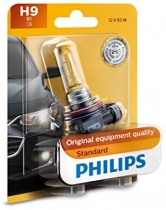-
Welcome to Tacoma World!
You are currently viewing as a guest! To get full-access, you need to register for a FREE account.
As a registered member, you’ll be able to:- Participate in all Tacoma discussion topics
- Communicate privately with other Tacoma owners from around the world
- Post your own photos in our Members Gallery
- Access all special features of the site
Quick Links: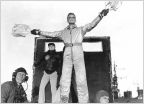 Tight Fit - Garage Parking Aide
Tight Fit - Garage Parking Aide  Alternative to Dometic and Arb fridge reccomendations?
Alternative to Dometic and Arb fridge reccomendations? 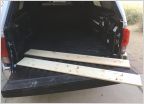 Build a shortbed deck that extends from 4’ to a 6.5’ platform bed in a weekend!
Build a shortbed deck that extends from 4’ to a 6.5’ platform bed in a weekend!  Issues with the dash display please help I’m stressing here
Issues with the dash display please help I’m stressing here 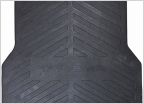 New Toyota bed mat for my Limited
New Toyota bed mat for my Limited 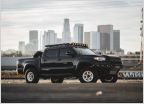 Tyta trd (toyota turd) build
Tyta trd (toyota turd) build
3rd Gen HID vs LED vs Halogen H11 projector headlights
Discussion in '3rd Gen. Tacomas (2016-2023)' started by crashnburn80, Jan 25, 2019.
Page 64 of 339
Page 64 of 339


















